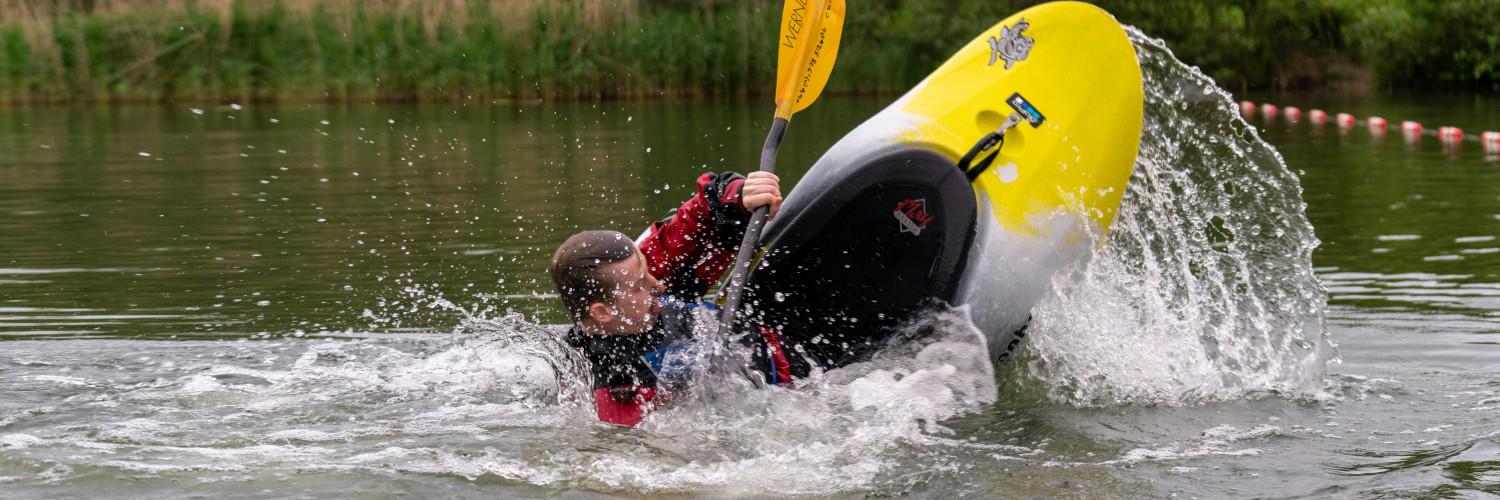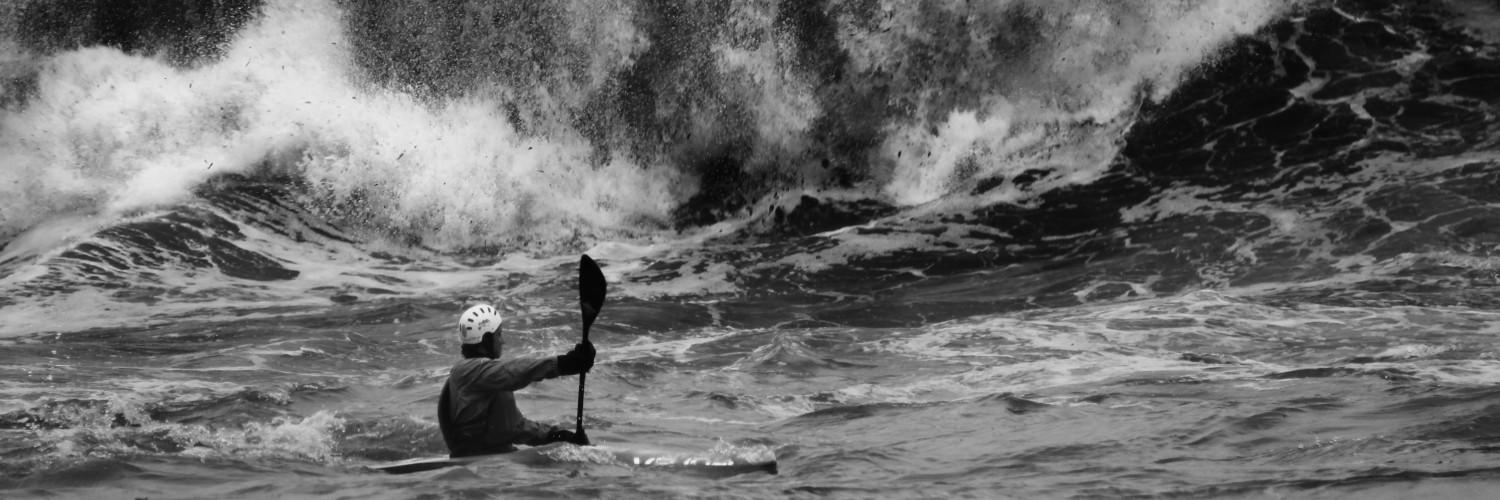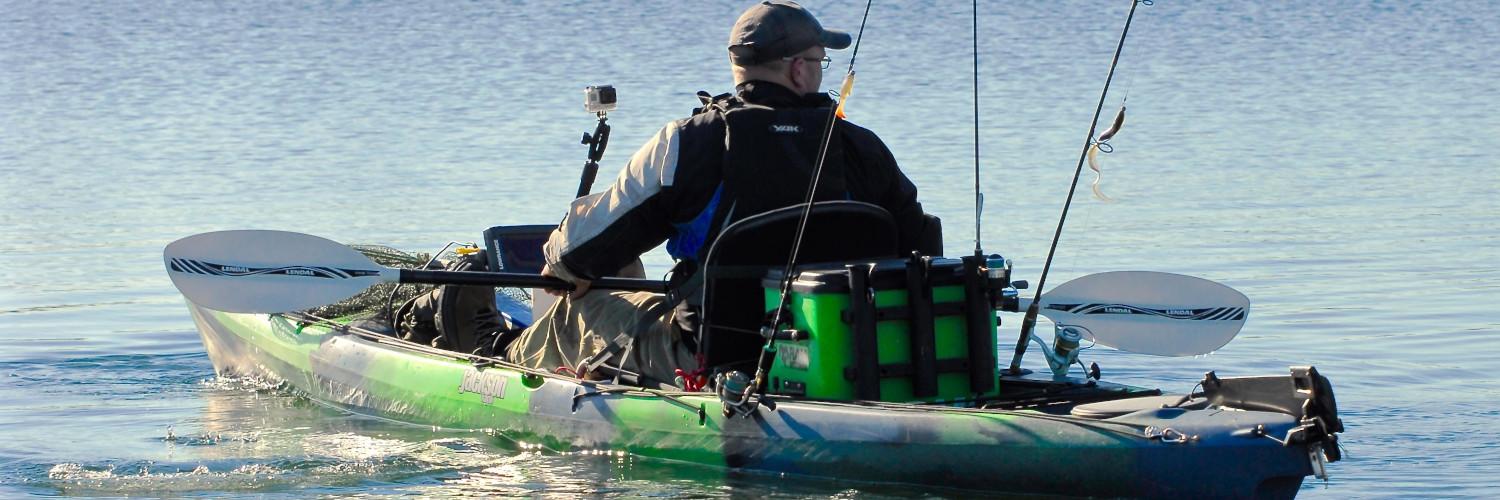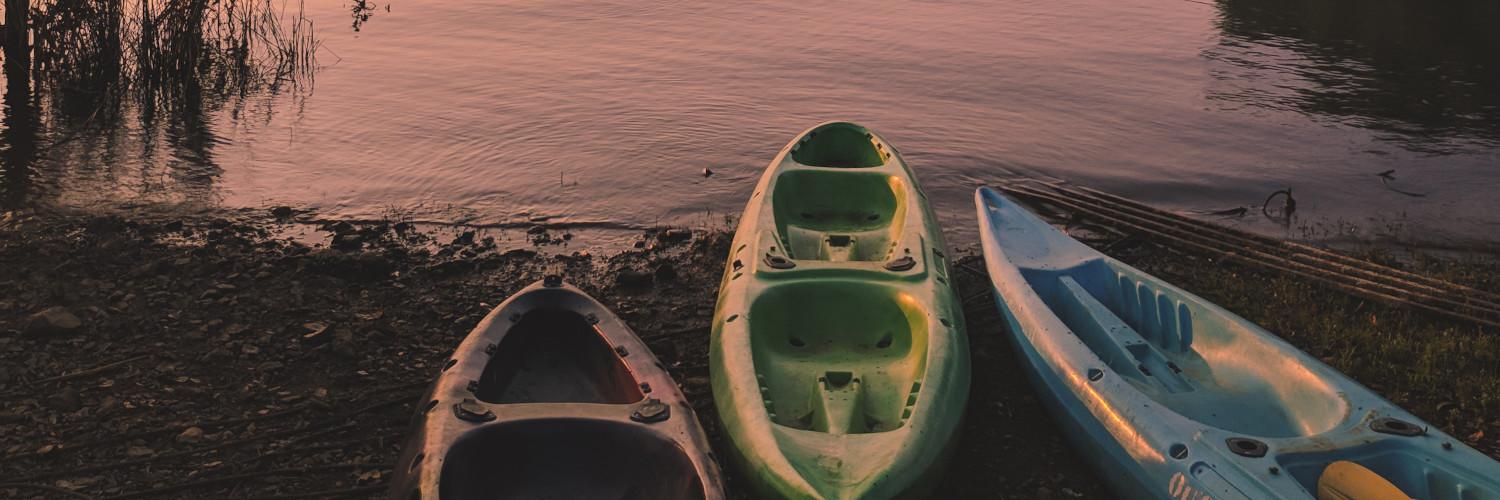Freestyle kayaking is a dynamic and visually spectacular discipline within the sport of kayaking. Paddlers in specialized whitewater kayaks execute a variety of acrobatic maneuvers and tricks in one place, often referred to as a playspot. Instead of navigating downriver, practitioners focus on performing moves, which may include spins, flips, and cartwheels, showcasing their agility and technical skill.
The repertoire of tricks in freestyle kayaking has expanded considerably as the sport has evolved. Athletes like Dane Jackson have come to the forefront of the sport, not only for their competitive achievements but also for their role in advancing the complexity and style of the tricks performed. These range from fundamental techniques, such as rolls and loops, to highly advanced moves that demand precision and control.
In the world of freestyle kayaking, continuous innovation is fostered through competitions and personal progression. As athletes perfect their techniques, they also share knowledge, pushing the limits of what is possible in a kayak. Whether participating in international tournaments or refining their skills on local rivers, freestyle kayakers remain dedicated to the sport’s development, further enhancing its appeal and the community surrounding it.
Understanding Kayak Freestyle
In kayak freestyle, paddlers execute technical tricks much like what you’d see in skateboarding or snowboarding, but on water. This thrilling style combines agility, creativity, and skill.
History and Evolution
Freestyle kayak has evolved from simple paddle twirls to gravity-defying aerial maneuvers. Initially a way to showcase individuality on the water, it has become a competitive discipline. Early freestyle enthusiasts leveraged the natural river features to perform spins and stalls. As boat designs improved, so did the tricks, with modern kayaks allowing for more air and pop.
Freestyle Kayak Basics
To commence freestyle kayaking, one must understand the freestyle kayak itself: a shorter, more maneuverable vessel specially designed for doing tricks. Mastery of the boat’s edges and learning to utilize the buoyancy for lifts are foundational skills. Paddlers must also prioritize safety and always practice in an environment suitable to their skill level.
Key Freestyle Techniques
Freestyle kayakers hone a variety of techniques to execute their tricks:
- Spins: Utilizing currents to rotate the kayak on the surface of the water.
- Loops: Engaging the nose or tail of the kayak to dive underwater and emerge into the air in a front flip motion.
- Cartwheels: A vertical end-over-end motion, utilizing the river’s flow.
All techniques require precise edge control, balance, and timing. As they advance, paddlers often combine multiple tricks to create sequences. Freestyle kayaking continues to evolve as paddlers push the boundaries of what is possible on the water.
Fundamental Freestyle Maneuvers
Freestyle kayaking involves a series of dynamic moves performed on river features. These maneuvers showcase a paddler’s skill as they execute spins, cartwheels, and loops.
The Spin and Its Variations
A spin is a 360-degree rotation of the kayak performed on the face of a wave. Paddlers use a combination of paddle strokes and body movements to initiate the spin, and the move can be done on either the bow or stern. Variations of spins include the blunt, where the kayak is spun with an edge lifted, often resulting in a more vertical and aerial maneuver.
The Cartwheel
The cartwheel is an edge-to-edge rotational trick where the kayaker alternates ends of the kayak, the bow and stern, dipping into the water to make end-over-end flips. This move requires precise edge control and balance and is performed in a hole or on a wave. Timing and paddle placement are critical to maintain a continuous motion.
The Loop Family
The loop family of maneuvers are spectacular aerial tricks where the kayak flips forwards or backwards end over end. A loop, specifically, is when the kayaker launches the bow upwards from the hole’s green water and tucks for a front flip. To execute a successful loop, one must achieve vertical height and a smooth tuck, bringing the bow down to re-enter the water cleanly.
Advanced Playboating Tricks
In advanced playboating, kayakers push the limits of freestyle kayaking with impressive aerial tricks and complex combinations. Mastery of these maneuvers requires precision, skill, and a deep understanding of water dynamics.
Aerial Moves
Airscrew: A high-level freestyle trick where the kayaker launches into the air off a wave or hole and performs a horizontal 360-degree spin. To execute an airscrew, one requires exceptional balance and timing to achieve the rotational movement before landing back on the water.
Front Flip: Also referred to as a loop, the front flip involves the kayaker plunging the bow of their kayak into the water and utilizing the water’s force to flip over forward. Achieving big air during the flip dramatically increases the trick’s visual impact and score in competitions.
Complex Combinations
McNasty: A complex move starting with the kayaker positioned upstream, initiating a front flip and seamlessly transitioning into a 180-degree spin. This trick combines elements of both an aerial maneuver and a spin, demanding intense control and coordination from the kayaker.
Barrel Roll: A dynamic move where the kayaker rotates 360 degrees around the longitudinal axis of the kayak. A clean barrel roll, one without the paddle touching the water, significantly enhances the elegance and difficulty of the trick.
Training and Techniques
Training and techniques in freestyle kayaking are foundational to mastering the sport. They encompass the development of specific skills, physical conditioning tailored to the demands of kayaking, and mental strategies to enhance performance under the pressure of competition or challenging environments.
Skill Development
To excel in freestyle kayaking, one must prioritize skill development. Mastery of timing and precise control over kayak tilt is crucial. Paddlers should practice spinning maneuvers consistently, incorporating the correct use of shoulders and knees to maintain balance and execute tricks. It is beneficial to start with fundamental techniques and progressively introduce more complex tricks as experience grows.
- Timing: Execute spins and tricks in sync with water currents.
- Tilt control: Practice the kayak’s edge control for better maneuverability.
Physical Conditioning
Strength and power are at the core of a kayaker’s physical conditioning. A regimen that includes resistance training for the upper body, core exercises, and flexibility routines can contribute to a stronger paddling stroke and better control of the kayak.
- Upper-body Strength: Focus on shoulders and arms for powerful strokes.
- Cross-training: Engage in activities like swimming to complement kayaking fitness.
Mental Preparation
Mental preparation is as key as physical conditioning. Paddlers should visualize sequences of movements and remain cognizant of their environment. Experience plays a major role in building the confidence necessary for executing freestyle tricks. Rehearsing scenarios and maintaining a neutral mindset contributes to the paddler’s ability to perform under varying conditions.
- Visualization: Imagine completing maneuvers successfully.
- Experience: Use past experiences to anticipate and react to water conditions.
Competing in Freestyle Kayaking
Freestyle kayaking competitions are arenas where kayakers showcase their skills and styles in executing various tricks. Contests are governed by strict rules and judged based on both technical execution and artistic expression.
Understanding Competition Rules
Competition rules in freestyle kayaking are standardized, often set by international bodies like the International Canoe Federation (ICF). These rules determine how tricks are scored and outline the structure of events. Athletes like Dane Jackson, who has a reputation as a world champion, have mastered the intricacies of these rules to perform optimally during competitions. For a successful run, competitors must adhere to the following:
- Moves List: Each athlete must familiarize themselves with the updated moves list defined by the ICF, as different tricks carry varying point values.
- Time Limit: A predetermined time is set for each competitor to perform as many moves as possible, with routines often lasting from 45 seconds to 1 minute.
- Sequence and Variety: Athletes must plan sequences that showcase a variety of moves to maximize their score.
The Importance of Style and Execution
Judges in freestyle kayaking competitions look for style and execution as critical elements of a high-scoring performance. Style refers to the kayaker’s flair and originality when performing tricks, and execution is about the precision and control demonstrated. Both factors are essential for competitors to stand out and impress judges. World-class athletes, such as Dane Jackson, often excel in these aspects, gaining top scores for:
- Clean Moves: Tricks executed without the paddle touching the water are seen as performed with greater control and thus score higher.
- Amplitude: The height and air achieved during tricks play a significant role in scoring, as more impressive aerial moves are generally more challenging.
In conclusion, understanding the competition rules and emphasizing style and execution are parts of the fundamental strategy for any athlete competing in freestyle kayaking.
Resources and Learning
For those eager to advance their freestyle kayaking skills, an array of resources are available, ranging from online tutorials to print and digital editions of paddling magazines. Leveraging these resources can dramatically shorten the learning curve, helping kayakers master complex tricks with efficiency.
Top Freestyle Kayaking Resources
Online Tutorials: Video tutorials are a goldmine for visual learners. Platforms like YouTube host a variety of instructional content, where professional kayakers like Dane Jackson share insights into advanced maneuvers.
Paddling Magazines: Magazines such as Paddling Magazine and Rapid Magazine offer a wealth of knowledge in both print and digital formats. They feature tips, techniques, and the latest advancements in playboats and gear.
Retailers and Education: Retailers like NorthShore Watersports not only supply equipment but often provide educational resources to help kayakers improve their prowess.
| Resource Type | Examples |
|---|---|
| Video Tutorials | YouTube channels, Kayak session videos |
| Magazines | Paddling Magazine, Rapid Magazine |
| Retailers | NorthShore Watersports |
Community and Events
Local Clubs: Joining a local kayaking club can provide paddlers with firsthand experience through workshops and one-on-one mentoring.
Competitions and Clinics: Events such as freestyle kayaking competitions often have clinics where attendees can learn from seasoned veterans of the sport.
Networking: Engaging with the community, either in person or through online forums, can lead to learning opportunities and tips on improving freestyle techniques.
Each resource provides unique value, and kayakers should assess their learning preferences to select the tools that best fit their needs.





